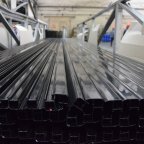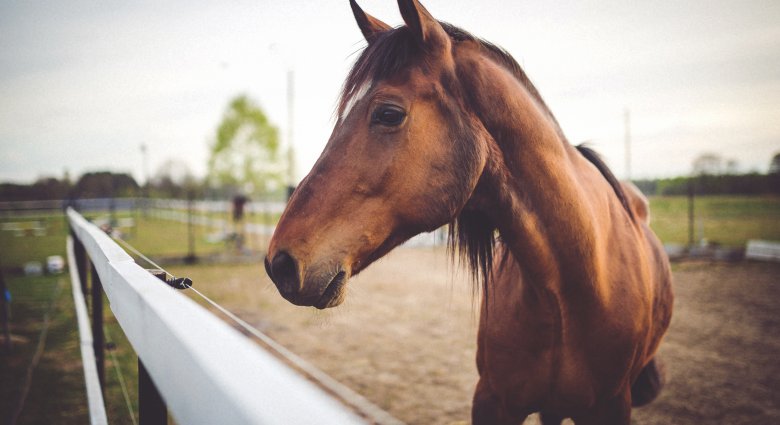
The process of domestication of horses
It turns out that during the process of domestication in horses there were changes in their muscles, balance, social behaviour, efficiency and more. Traces of these changes are recorded in 125 genes of these animals. Scientists described it quite recently in "PNAS" magazine. They discovered changes in DNA that helped turn prehistoric horses into modern ones.
The domestication of horses has revolutionized trade, warfare, the movement of people, transport and many other areas of life. This process began in the steppes of Eurasia and lasted at least 5,500 years. Historians are of the opinion that without it there would be no development of societies. It was thanks to horses that traders, soldiers and explorers could start galloping instead of walking or moving at low speed in ox-drawn wagons. This has had a significant impact on the development of trade, transport and more. The change in efficiency and communication also helped the formation of the first countries.
Interestingly, the process of domestication changed not only the people themselves, but also the horses. In the course of time, instead of wild horses, the breeds of horses known today started to develop on Earth. The whole process of changes that accompanied the domestication of horses is difficult to achieve only on the basis of archaeological and genetic analyses.
Recently scientists have studied the genome of horses that have died out and came from the Taimyr peninsula in Russia. There are 7400 and 243000 years old horse bones found there, so there are older threads, the oldest archaeological traces of horse domestication. The obtained results were compared with the results of the research on the genome of domesticated horses, which belong to modern breeds, and to the genome of Przewalski horses, i.e. to the modern species, which resembles horses from before the time of domestication.
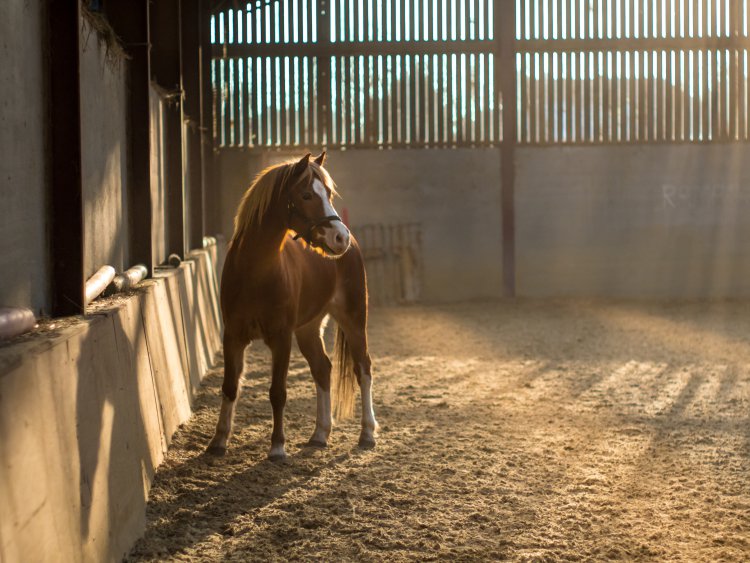
Scientists concluded that domestication was associated with changes in the 125 genes responsible for muscle and limb structure, joints, balance, respiratory and circulatory capacity, and overall coordination.
A geneticist from the Natural History Museum in Denmark, who led the research, is of the opinion that these qualities were so desired by humans that the first breeders were guided by them and thus chose individuals for further reproduction. Of course, the result of the selection was the next generation of horses, which proved to be more and more successful as draught horses, which pulled two-wheeled ploughs or sledges.
For breeders, features related to social behaviour, ability to learn, reaction of fear or inclination to act and cooperate were also of great importance. Probably they were also taken into account during horse breeding and breeding.
The authors of the latest research also claim that domestication is associated with inbreeding and additional, harmful mutations. It is also consistent with the hypothesis of the so-called cost of domestication, which is associated with the breeding of dogs or plants - rice and potatoes. Some genes that are present in modern horses are not found in the remains of their ancestors. This means that they may have formed from old mutations. These are, for example, genes that are responsible for the ability to accelerate significantly in a short period of time. They occur mainly in racehorses taking part in races.
View
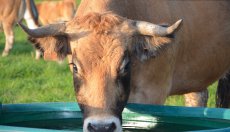
The Do’s And Don’t’s Of Livestock Water Troughs
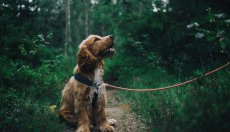
Dog collars or suspenders? What to choose?

























